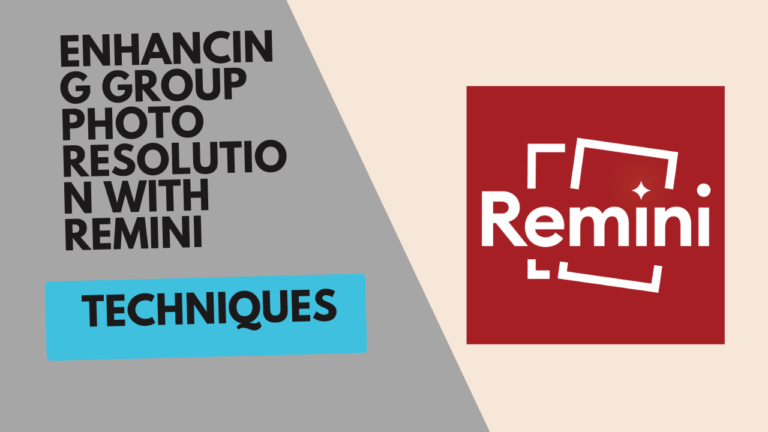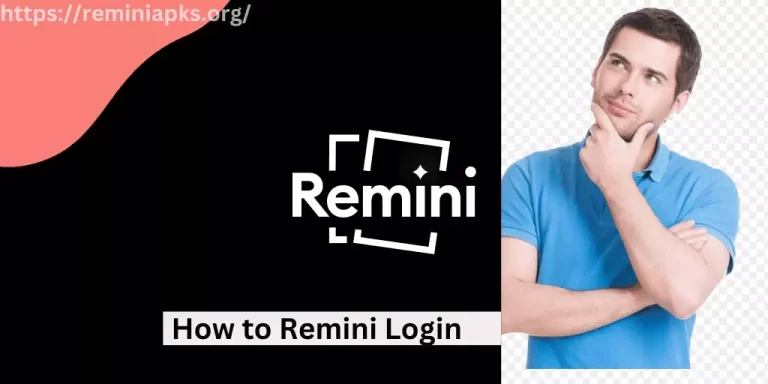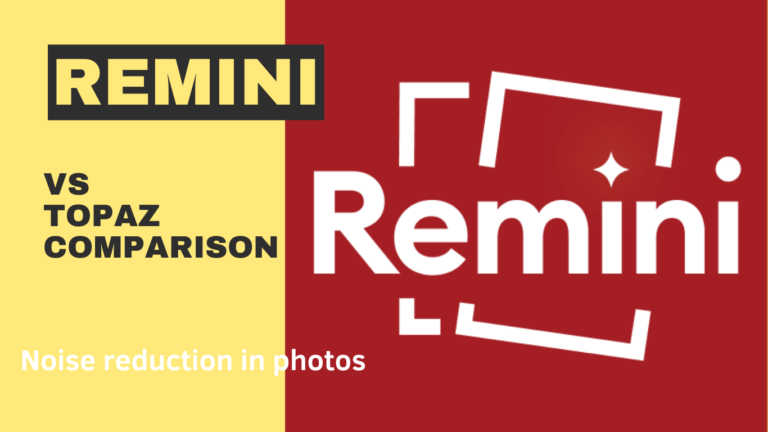Limitations of Advanced Editing with Remini

In the realm of photo editing, Remini has emerged as a revolutionary tool, especially known for its prowess in enhancing low-resolution images to high-definition clarity. It employs advanced artificial intelligence to breathe new life into old, blurred, or low-quality photos, making it a favorite among professionals and casual users alike.
However, despite its impressive capabilities, Remini is not without its limitations. Understanding these limitations can help users set realistic expectations and find alternative solutions when necessary.
Here’s a closer look at some of the constraints you might encounter while using Remini for advanced editing.
1. Dependence on Internet Connectivity
Remini operates primarily as an online service, requiring a stable internet connection to process images. This dependence means that users cannot access its features offline, which can be a significant limitation in areas with poor connectivity or for those who prefer to work on-the-go without using mobile data.
2. Quality of Original Image
While Remini is capable of enhancing image quality significantly, the outcome largely depends on the original image’s condition. Photos that are excessively blurred, have low lighting, or contain complex patterns and details may not be restored to the desired quality.
The AI might struggle to accurately reconstruct faces or objects in such images, leading to less than satisfactory results.
3. Artificial Look in Some Enhancements
Remini’s AI algorithms are designed to fill in missing details based on common patterns and data from similar images. However, this process can sometimes result in photos looking somewhat artificial or over-processed. For instance, facial features in enhanced portraits might appear too smooth or lack the natural textures seen in high-quality, original photographs.
4. Limited Control Over Editing Process
One of the critical limitations of using Remini is the lack of detailed control over the editing process. Users can choose between a few enhancement options, but the AI determines the specific changes made to the image.
This can be a drawback for professional editors and photographers who prefer granular control over every aspect of the editing process to achieve a particular vision or style.
5. Privacy Concerns
As with any online service that processes personal data, there are privacy concerns associated with uploading images to Remini’s servers. Users must trust the platform with their photos, which might include sensitive or private content. While Remini states that it prioritizes user privacy and data protection, the inherent risk of data breaches cannot be entirely eliminated.
6. Subscription Model for Full Access
Remini offers both free and premium subscription models. However, to access its full suite of features without limitations, users must opt for the paid subscription. This can be a barrier for individuals or small businesses on a tight budget who need to process a large volume of images regularly.
Conclusion
Remini stands out as a powerful tool in the photo editing landscape, especially for enhancing image quality with ease. However, recognizing its limitations is essential for users to manage their expectations and achieve the best possible outcomes.
Whether it’s the dependence on internet connectivity, the quality of the original image, or the need for more precise control over the editing process, being aware of these constraints can help users navigate their editing projects more effectively.
For those instances where Remini might fall short, exploring alternative editing tools or combining multiple platforms may offer a more comprehensive solution to meet advanced editing needs.






